What it takes to build an Olympic athlete from guts to grip strength
Morgan McFall-Johnsen,Jenny McGrath,Gabby Landsverk

- Athletes at the 2024 Paris Olympics achieved incredible feats of human performance. But how do they do it?
- Elite athletes like Simone Biles have changed their bodies and minds through years of training.
The Olympics are a showcase of all the incredible things the human body can do.
Watching the 2024 Paris games, we found ourselves wondering, "What makes Olympic athletes so different from the rest of us?"
Yes, many of them have genetic advantages — they're tall enough, short enough, or bendy enough to compete at the highest level. And yes, they spend years and years training.
For both of these reasons, Olympians are just built differently on a macro and micro level.
So how does an athlete like Team USA gymnast Simone Biles do it? Science gives us a few hints.
An elite VO2 max helps Olympians use more oxygen.
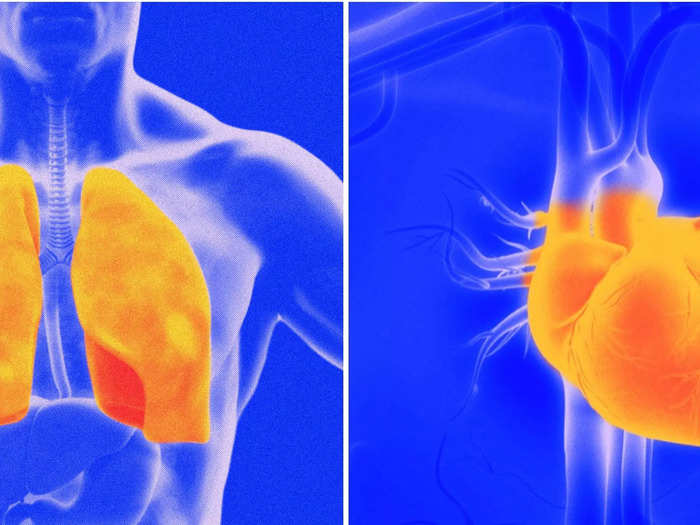
Olympic competitors may breathe the same air as the rest of us, but what they do with it sets them apart.
Scientists measure the maximum amount of oxygen a human can use during exercise with a stat called VO2 max.
Commonly used as a marker of endurance, a higher VO2 max means your lungs are better at taking in oxygen with each breath and your heart is better at pumping oxygenated blood throughout your body. So, in the end, you're getting more oxygen to your muscles for energy.
An average, healthy adult under 45 might have a VO2 max of around 35 to 42 mL/kg/min — that's written in milliliters of oxygen consumed per minute per kilogram of body weight. But regular exercise can help boost VO2 max.
That's why elite endurance athletes, including Olympians, in sports like rowing, running, cycling, and triathlon can have a much higher VO2 max in the 60s, 70s, and beyond.
In the Winter Games, cross-country skiers have exceptional VO2 max measures, with one 2015 study finding that Olympic medalists' scores ranged between 67 to 84 mL/kg/min, on average.
It may sound out of reach, but there are ways to increase your own VO2 max, even if you're not an Olympian. For example, the "sweet spot" for maximizing fitness benefits is typically by combining different exercise intensities with around 80% easy and 20% hard.
The insides of their mitochondria are more wrinkly.
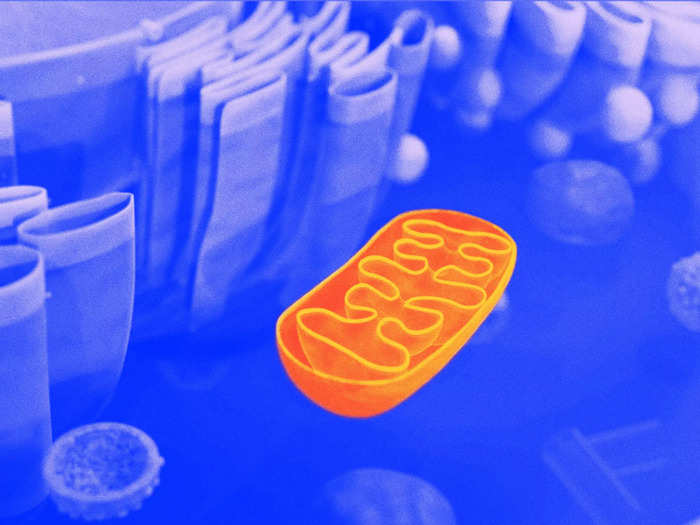
Olympians can even look different on a microscopic level. For example, let's zoom into the powerhouse of the cell.
Mitochondria are bean-shaped organelles that produce energy for almost every cell in the body. Specifically, they turn sugars, fats, or proteins into ATP — units of energy that the muscles then use to contract. They're kind of a big deal.
Regular, sustained exercise can increase the number of mitochondria in your muscles. The studies on that are "pretty conclusive," according to Dr. Hilary Vernon, the director of the Mitochondrial Care Center at the Johns Hopkins Hospital.
But a few recent studies suggest that athleticism also does your cells an even sneakier favor, by increasing the number of folds along the mitochondria's inner membrane.
"This is thought to be important because that increases the surface area of those folds and increases the amount of energy that can be produced," Dr. Vernon told BI.
Basically, exercise might condition your mitochondria to better fuel future exercise. "The more ATP you can produce, ostensibly, the more force you can produce on muscle and the more repetition you can produce on muscle," Vernon said.
The world's top athletes are likely maximizing this cellular benefit.
Regular exercise changes Olympians' gut microbiome.
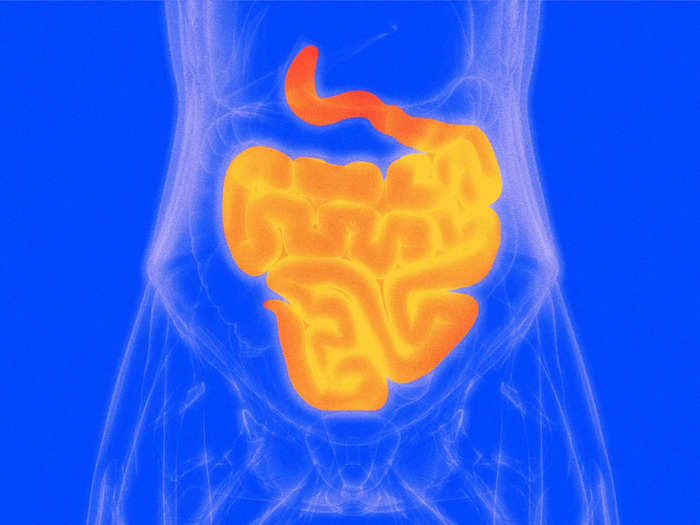
Exercise has an interesting effect on the gut microbiome, suggesting that the types and amount of microorganisms in Olympians' GI tracts probably look different from the average person's.
Exercise generates small molecules called metabolites, some of which can improve muscle strength and endurance, helping athletes work out for longer. Preliminary research has found that different exercises can produce different types and amounts of metabolites.
However, the ways that exercise changes gut microbiomes aren't fully understood. It could involve changes in blood flow to and from the GI tract and increases in the body's core temperature.
A better understanding of these processes could help explain why some endurance athletes experience nausea, vomiting, or diarrhea after intense exercise and others don't. "We still need to do a lot of work in this area," said Jacob Allen, an assistant professor in kinesiology at the University of Illinois at Urbana Champaign.
"One of the big things to think about is nutrition," he added. "What are people eating before exercise that might change how the microbiome responds?"
Greater muscle mass gives elite athletes an edge.
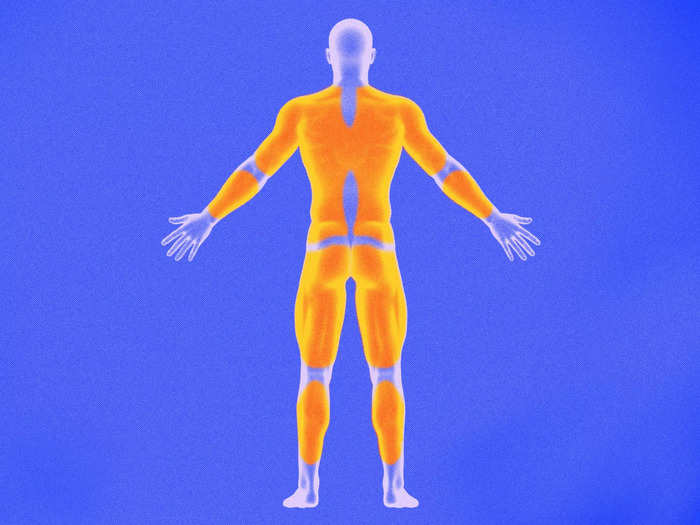
Unsurprisingly, Olympians tend to have more muscle than the average person to help them thrive in intense competition.
The ideal amount of muscle mass in proportion the rest of the body can vary based on the specifics of each Olympic sport, research has found.
For instance, most elite male sprinters range between 7% to 9%, less than that of the average man. The body fat means less weight to carry. On the other hand, rugby players can benefit from packing on mass and muscle to help absorb contact from opponents.
Some sports such as weightlifting, boxing, and judo are divided into weight classes, so athletes have to consider how to balance the optimal amount of muscle with the right overall size to perform their best.
Muscle mass is just one factor in elite competition, as variables like skill, stamina, and much more all play into determining who makes the podium.
Compared to the rest of us, they have superhuman grip strength.
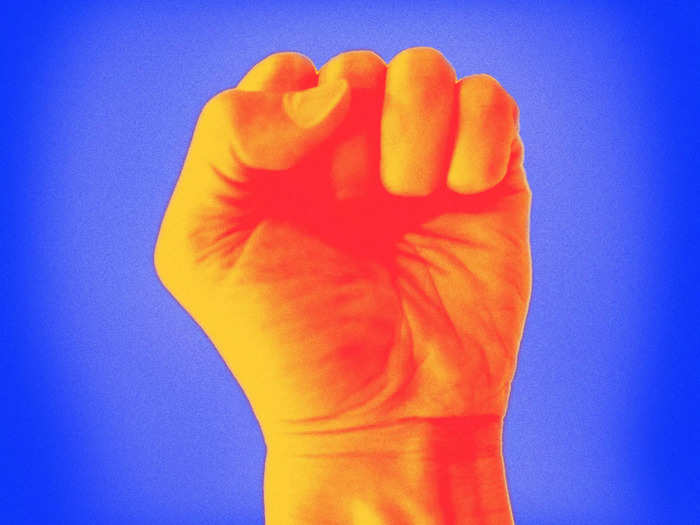
You probably don't put your entire body weight on your hands very often. Olympic gymnasts, however, frequently stand on, spring from, swing from, and even catch their spinning bodies with their hands, so they need exceptional grip strength.
In fact, grip is so critical to gymnasts that they use honey, chalk, and leather straps to improve it.
Grip strength is not just about the muscles in your hands and fingers. It also requires strong muscles in the arms, shoulders, upper back, and core. That's partly why gymnasts have such chiseled upper bodies compared to the rest of us.
A powerful grip may also benefit Olympians long after the competition is over, since grip is a key indicator of overall well-being, linked to immune and mental health, according to the Cleveland Clinic.
In 2022, a study of over 190,000 middle-aged adults linked poor grip strength with cognitive decline later in life. Mounting evidence suggests a strong grip is key for longevity.
These days the rest of us may be falling even further behind, since several studies have linked smartphone use to decreased hand strength.
Olympians need a complex combo of traits for elite balance and stability.
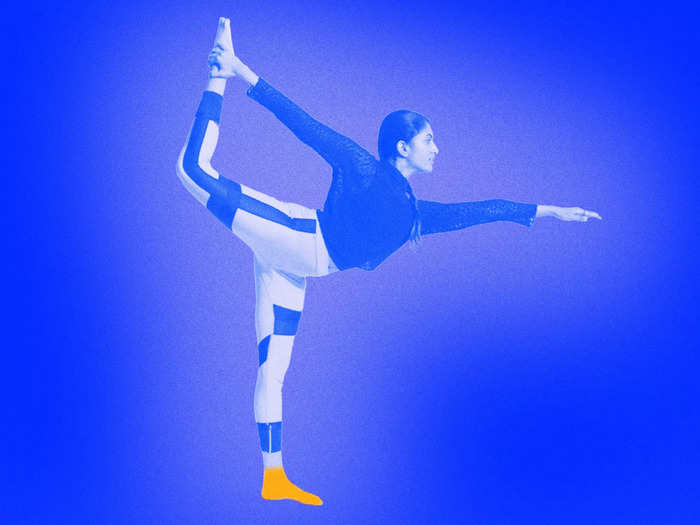
Balance is all about navigating your body in response to gravity, and stability is about resisting changes in equilibrium to stay in control as you're flipping through the air or lifting hundreds of pounds overhead.
Athletes need both to succeed, and it requires a combination of physical factors like a rock-solid core and good mobility in the joints. Studies have found that advanced athletes, particularly in sports like gymnastics, are better at balance-related tasks than the rest of us.
There's also a neurological component. Proprioception refers to our sense of where our body is in space, and research shows it's crucial for elite athletic performance.
Years of training can even change how our brain responds to movement — a 2015 study found that elite gymnasts showed significant differences in regions of the brain that control movement and also mental processing, crucial for coordinated complex physical tasks.
Olympians’ brains might make better use of dopamine.
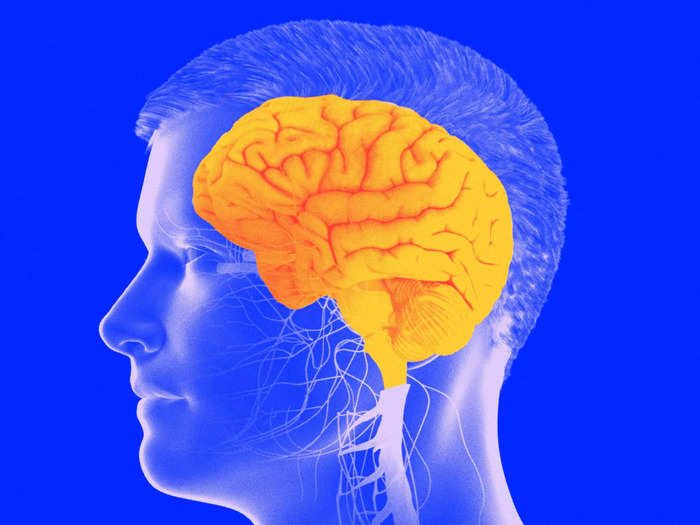
Sure, world-class athletes are physically unmatched, but they also have to be highly motivated.
"You and I can have the same physical capacity, but I might be less motivated to exert effort," Vikram Chib, a scientist who studies motivation at Johns Hopkins University, told BI. "Given all things equal, why is it that some people are willing to exert effort and persist and others are not?"
Dopamine could be a big part of the answer, Chib recently found in a study of patients with Parkinson's disease, which causes the loss of dopamine-producing brain cells over time.
"We showed that low levels of dopamine are associated with you feeling efforts are more costly," Chib said.
He suspects that Olympians' competitive drive could be related to higher dopamine levels. After all, the neurotransmitter is associated with motivation and focus.
Indeed, a 2015 study found a significant difference between elite and amateur athletes in a gene that helps transport dopamine in the brain. It examined just 150 athletes, though, so more research is needed to confirm this link and determine how dopamine levels are related to performance, and whether that's genetic or a result of lifestyle factors like exercise.
Elite athletes recover from workouts faster.
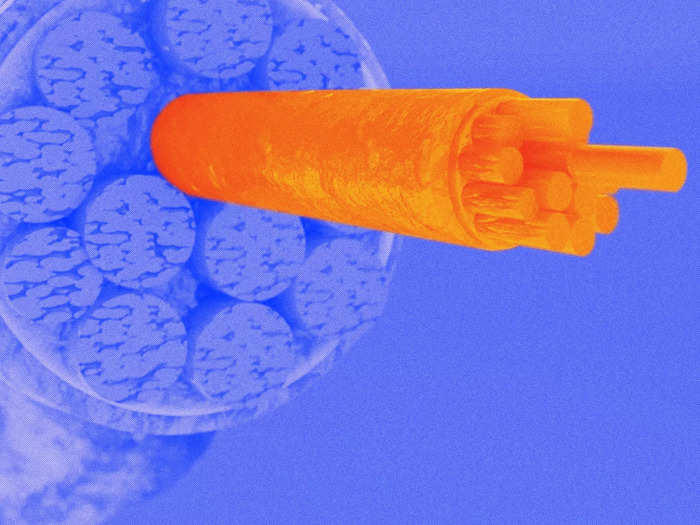
Olympians train long enough that their bodies become adapted to exercise.
As a result, they recover from workouts more quickly because of changes in their hearts, muscles, and bones. For example, weightlifters may have less muscle damage after years of bicep curls or bench presses.
However, because athletes sometimes spend eight to nine hours a week, six days a week, training and exercising, the time they dedicate to rest and recovery must be more regimented than the rest of us gym-goers.
To balance recovery with hours of daily training, elite athletes will use a technique called periodization, varying the duration and amount of exercises.
"All these athletes have periodized training plans that have been designed to peak for the Olympic Games," said Margaret T. Jones, a professor in exercise physiology at George Mason University.
Exercise gives immune systems a boost, but Olympians probably don't have super immunity.
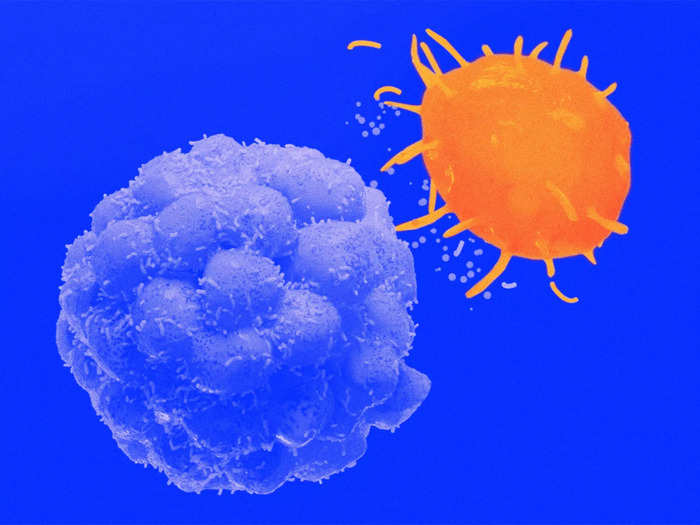
Exercise is great for the immune system, but just how much is up for debate. And given the extreme mental and physical stress that Olympians can endure, it's possible that could overturn the immune-boosting benefits of regular exercise.
There's a universal consensus that the immune system benefits from regular, moderate-intensity exercise, said Richard Simpson, an exercise physiologist at the University of Arizona.
People who workout regularly tend to have less inflammation, less risk of disease, and respond better to vaccines. Simpson is looking into why that's the case by researching how immune cells circulate in the body, one of many mechanisms involved with immunity.
"Every single time you exercise, you mobilize and redistribute billions of immune cells," he said. Even a 20-minute workout amplifies this effect.
What's still unclear is whether elite athletes trigger too much inflammation with over-exercise. "The idea is that you're just beating your body up so much that you're causing inflammation," Simpson said. "You're releasing a lot of different stress hormones, a lot of things that can negatively affect the immune system and leave you more susceptible to illness."
But he said there are a lot of other factors that could make marathon runners or Olympians more prone to infections, like high levels of stress or just being exposed to big crowds. "That is a very controversial topic," he said.
Popular Right Now
Popular Keywords
Advertisement